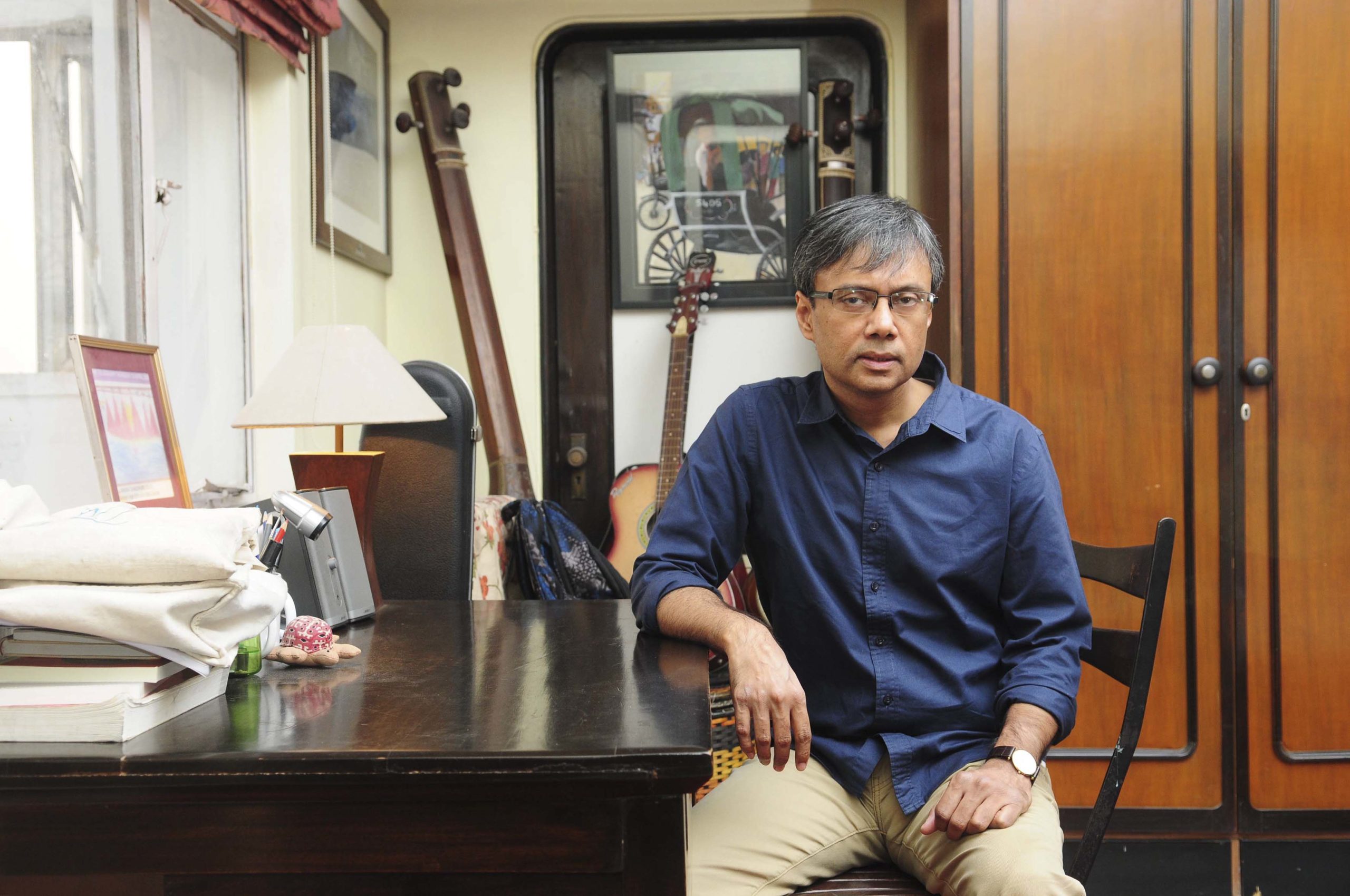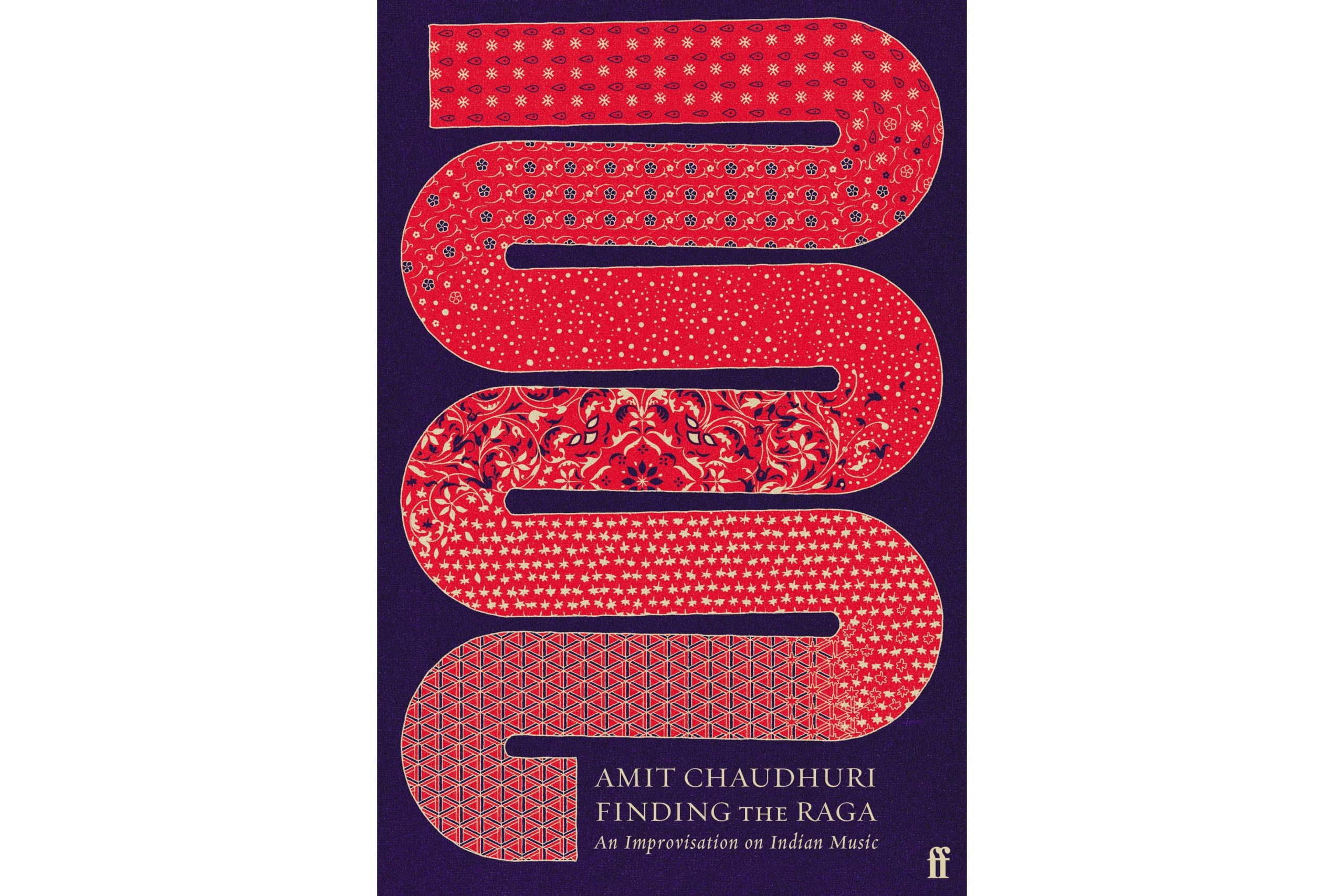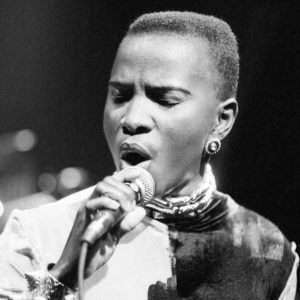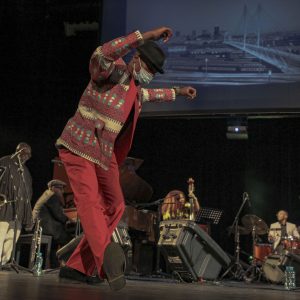Sharp Read | Listening to the world
Amit Chaudhuri tells his life through music in Finding the Raga, exploring how North Indian music breathes, listens and sounds in a series of detours and discoveries that reframe his youth.
Author:
31 August 2021

There’s a wonderful 2009 recording of percussionist Mabi Thobejane and guitarist Madala Kunene jamming in deep rural KwaZulu-Natal. Children wander past or pause to check the sounds. Mabi carries the most minimal of instruments: shaker, sticks, tambourine and tin-can friction drum. But listen. As Madala sings, somebody’s making something, beating something out. Tall grasses toss in the wind, seed heads rattling. A dog barks. A car horn hoots. Mabi’s sounds listen, travel and talk with the discourse community of his landscape.
A few years, and more than 8 000km away, discussing music with a different history and philosophy, musician, scholar and author Amit Chaudhuri writes: “Music is a form of listening to the world.”
Chaudhuri’s most recent book, Finding the Raga, is intentionally difficult to pigeonhole. It’s a narrative of his lifelong engagement with this North Indian classical music; a meditation on the shape and meaning of that and other music; a dialogic introduction to the genre, and its technique and development; and an echo in words and form of how the sound and performance of this music inhabits its space in the world.
One thread is how Chaudhuri travelled from adolescent attempts to be “a Canadian singer-songwriter” – he grew up in India, listening to Leonard Cohen and Joni Mitchell – towards an initial flirtation with and later a commitment to North Indian classical song. But for Chaudhuri, narrative is never a simple beginning, middle and end. He describes how the alaap, the opening section of a performance, “corresponds with my need for narrative not to be a story, but a series of opening paragraphs where life hasn’t already ‘happened’ ready for recounting but is about to happen, or is happening and, as a result, can’t be domesticated into a perfect retelling”.
In the same way, his life told through music is not a perfect retelling but a series of detours, recursions and discoveries in adulthood that reframe the meanings of what occurred when he was much younger.
And what detours that journey entails. For a book whose cover art declares Indian music, it visits along the way (this list is not complete) Beethoven, John Ford and Satyajit Ray, Julie Andrews, Bob Dylan, Lennon and McCartney and Jimi Hendrix, philosophers De Saussure and Derrida, Greek poet Constantine Cavafy and the blues. These are not namechecks but ways of simultaneously illustrating for the reader and exploring for himself how North Indian music breathes, listens and sounds.

There are 12 pages of time signatures – a few syllables on each, riding an ocean of white space – which help readers experience the pace and delay inside the music, the tension and the explorations towards blissful release.
Or you could just skip them. As a habitually fast reader, I was tempted. But that, for me, was the point at which I started to feel what the book was doing as well as reading the words: it’s an experiential immersion in how the music works. Chaudhuri has often said that “poet” rather than “novelist” is central to his writing approach, and it is through the poetry of its form that the book helps readers approach the raga.
Diverse sources
Once you get that, travelling through Finding the Raga becomes even more delightful. The book alludes to so much music I’d never heard of, never mind heard, that I stopped every few paragraphs to YouTube more music (the discoveries were unfailingly rewarding, notably a Bengali singer called Amar Pal). But Finding the Raga is a book about listening, whose core is a music that centres listening. The detours are part of the journey. And Chaudhuri has compiled a playlist to accompany the text.
The playlist underlines the dazzlingly diverse sources of the khayal (northern Indian song) that Chaudhuri performs. Unpicking artistic origins, influences and histories – as his book does – reveals the diverse and unexpected, and “the fragility of the seemingly immemorial ways we think of ‘traditions’”. In South Africa, our official institutions often talk of culture as a “tool for social cohesion”, an instrumentalist utopian glue with which to paper over inequalities. In India, classical music traditions are currently invoked as part of hardline nationalism, with the Islamic/Mughal contribution in particular undergoing erasure. Chaudhuri says this is nothing new.
“The attempt to erase has long been there, preceding the advent of the political dispensation that’s been in power in India since 2014. It’s co-existed with contradictions, where the very people who make noises that could be interpreted as attempts at erasure are products of a very culturally mixed tutelage,” he says in an email interview.
Related article:
“The entire development of khayal, as with any creative process and genre, has had to do with mixture in the most imaginative, intellectual and unsentimental sense. That is, the mixture is not part of a programme of self-improvement. It’s powerful precisely because it’s unpredictable. What we have today is not only the problem of erasure, but another problem that’s partly, but not wholly, related to it: cultural utopianism. This can take many forms – Hindutva is only one of them – and it has led to clannishness, an air of mistrust and a significant ossification in the domain of North Indian classical music.”
Current academic debate also talks a lot about “different epistemologies”. Sometimes, that talk is woke-washing over ways of knowing in the academy that remain unchanged.
Finding the Raga conveys how the knowing that is part of making and hearing music need not be what Western traditions predominantly assume: that we identify with it because the music “sounds like” some scene or evokes some experience or emotion of ours external to it. Music can also be “an unfolding rather than a representation”, with our appreciation rooted in sharing the experience of that unfolding with the musician.
Music as improvisation
It’s intriguing to consider how, if at all, the experience of jazz improvisation (in which unfolding also matters a great deal) relates to these explorations of raga. Delay, tension, transitions, slurred and gliding notes – all of which Chaudhuri discusses – are equally things that jazz musicians speak about. Chaudhuri identifies the “radical modernism” of khayal in how open it is to exploration and how it draws on discovered sounds – and the surrealists heard those qualities in jazz. Some jazz players, such as John and Alice Coltrane, explicitly acknowledged Indian traditions in their work. Yet in the Indian musical lexicon, “there’s no word for improvisation”, writes Chaudhuri in the book, “because music is improvisation”.
Classically trained South African bansuri flute player Deepak Ram, whose most recent album invokes John Coltrane, says jazz and Indian music are “very different despite the improvisational aspect. In raga, each note is considered a unique personality, therefore two different notes are never played together, the drone with the tonic and fifth is just there to highlight each note’s personality and colour … Harmony is not intended.”
However, Ram was first drawn to Coltrane by an experience Chaudhuri also describes. Chaudhuri talks about “mis- or double hearing”. Because sound has “an independent life”, he can sometimes hear a Western tune in an Indian classical solo, or the potential for an Eric Clapton pop song such as Layla to provide a riff for the classical Todi. In that kind of universe, there are really no “other” types of music. Similarly, recalled Ram, when asked about finding Coltrane, “In [his] solo on Round Midnight, there are phrases which sound like phrases my teacher, Pandit Hariprasad Chaurasia, would play. That made me begin with Coltrane, not because of his sojourn into Indian thought.”
Related article:
Jazz saxophonist and University of KwaZulu-Natal scholar Salim Washington sees rather more points of contact between Indian and African-American music. “What distinguished Coltrane from many of those who would emulate him is that he seemed to value equally, perhaps, the journey and the way home … Many of [Coltrane’s] various suites tap into a spiritual time where the Cartesian time-space continuum is potentially disrupted. In my experience, this is very much akin to the sacred time and space that can obtain in Sanctified and Pentecostal churches, for instance.”
Chaudhuri likes “Alice Coltrane a lot. I like, especially, the way a piece like Turiya and Ramakrishna makes no overt gesture towards Indian music or bhakti. It invites us to rethink how such a gesture might be achieved by simply playing phrases (sometimes, repeated phrases) of the blues scale from D#. It is ‘not fusion’ in that sense, a challenge to the way we construct musical identities and lineages.”
This is Not Fusion was the title of the 2009 album on which Chaudhuri gave his “double hearings” freedom to fly. Jazz, and particularly Coltrane, played a role there. “With John Coltrane, I think not so much his interest in Indian music (though the innovations of modal jazz are of great interest to me) but what he did with My Favourite Things allowed me to justify my own project as being ‘not fusion’, and closer to jazz than to fusion.
Environmental link
“A large part of jazz is about recontextualisation, whether it’s the blues scale itself that’s given a new location in unexpected harmonic settings and keys, or a song like My Favourite Things, from a musical, subjected to an extraordinarily exuberant transformation one wouldn’t have thought it capable of withstanding. Recontextualising must stretch the recognisability of what it metamorphoses. This is one of the things I was interested in doing in my project, rather than bringing together different musical traditions. As My Favourite Things proves, anything at all – and not just some canonical, high cultural artefact – can provide the material for recontextualisation,” says Chaudhuri.
But other kinds of recontextualisation can be terrifying.
Related article:
Chaudhuri writes of how India is “text” in its music, rather than the music being “about it or a picture of it”. That, rather than any sentimentalisation of music as a “universal language”, is what creates common ground with Thobejane’s drums conversing with their KwaZulu-Natal setting. For both – and perhaps for all musicians – context is text. (“Music is how you walk, how you greet,” saxophonist Winston Mankunku once said.) In raga, the environmental link is explicit, with music titled as appropriate for specific times of day or seasons of the year. The Malhars, for example, are appropriate for the monsoon.
“I see the monsoons as language. I see the ragas about the monsoons … as part of that same language … They are part of a natural linguistic fabric of which the air and the clouds are also a part,” Chaudhuri told Madhur Anand on the Hazlitt website.
So what happens when context becomes deformed, for example by global heating? Chaudhuri worries that the music may also be at risk. “There’s a rent in one part of the fabric,” he says, “where the monsoons don’t happen, they come late, or they seem misshapen somehow, not reaching their full forms of monsoon … We are talking about a breakdown of language … That will have an impact on the raga, how we understand that raga. Will it be seen as a vestige of dead language? What will happen to it?”
Finding the Raga by Amit Chaudhuri is published by Faber & Faber.



